- Ficus Pumila: Is This Vining Plant Too Needy For Your Time? - August 29, 2021
- Peperomia Frost: Why Peperomia Caperata Is The Perfect Indoor Plant - August 19, 2021
- Wax Begonia: Can Begonia Semperflorens Survive At Home? - August 18, 2021
Begonia pavonina, also known as peacock begonia, is the perfect plant for anyone looking for something unique and beautiful to bring into their home. With leaves that shimmer an ethereal blue when caught by rays of the sun, it isn’t hard to tell how it earned its name; this species of begonia is truly one of the most distinctive plants out there.
Peacock begonia originates from the Malaysian rainforest, and this is said to be why it has developed such phenomenal color on its leaves: to absorb additional sunlight. We’re certain by this point; you’re eager to learn more! Read on to find out about identifying, growing, propagating, and caring for Begonia pavonina.
How to Identify Begonia Pavonina
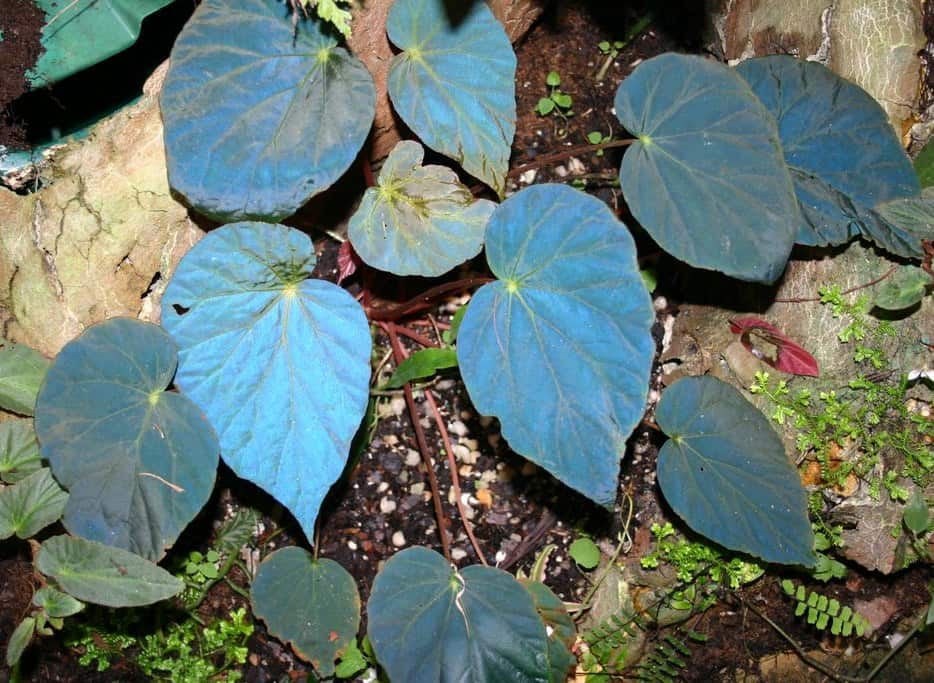
Here are some of Begonia pavonina’s most important features for identification:
- Lush, dark green leaves that are transformed in sunlight to a bold iridescent blue.
- On their undersides, peacock begonia leaves are a striking red color.
- Delicate white or light pink flowers that bloom in brilliant clusters.
- Long, thick stems upon which irregular heart-shaped leaves grow.
- Peacock begonia plants can grow up to half a meter tall.
- Leaves are 4-6 inches in length.
Now you’re aware of these key features, identifying Begonia pavonina should be simple!
How to Grow Begonia Pavonina From Seed
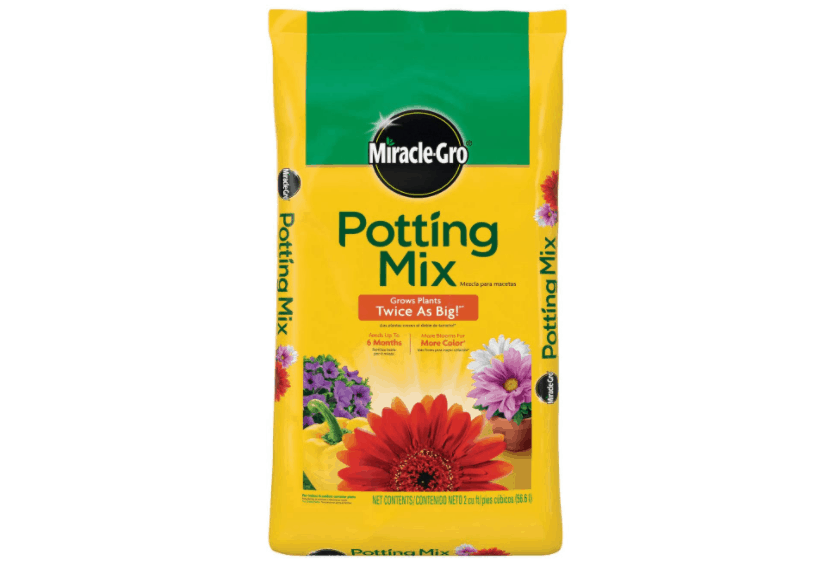
If you enjoy the process of nurturing your own plants from seed, we have some tips and advice to help your peacock begonia flourish. Once fully grown, these plants are relatively easy to care for, so starting with seeds can be especially rewarding.
- Firstly, sterilize any containers you’re going to use for planting to avoid fungal diseases. You will need to purchase potting soil that is specifically for growing seeds.
- Moisten the growing mixture and sow the seeds – between five and fifteen – making sure they are distributed evenly.
- Using a mister to water the seeds will give you greater control over the amount of moisture they receive; it will also ensure they remain in the same place in the soil.
- To germinate, peacock begonia seeds will need to be kept in a warm place, ideally at around 73°F. To boost your seeds’ chances, use a terrarium, a clear container, a greenhouse, or a humidity dome.
- After about four to five weeks, you should see shoots starting to appear. Once these get bigger and develop leaves, they can be transplanted to small pots.
How to Propagate Begonia Pavonina
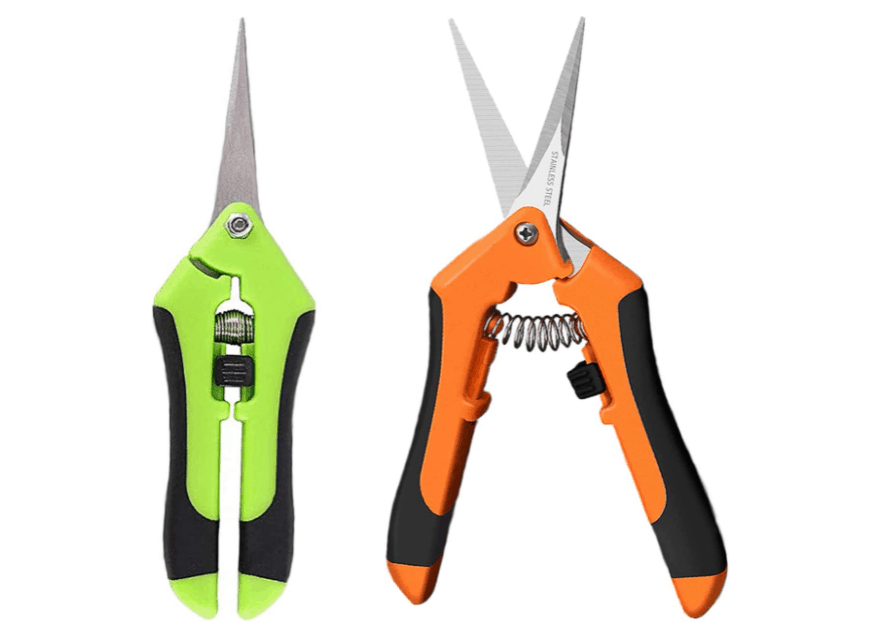
If growing peacock begonia from seed still seems a little daunting, another option is propagating from cuttings. This is a relatively simple process that should yield successful results if done in mid-spring to summer.
- Use sharp scissors or a pair of sterilized pruning shears to take a few stem cuttings. These should be around eight inches long, with at least two leaves at the top end.
- Let your cuttings sit for a few days in a warm room. This is called curing; it callouses the end of the cutting, making it easier to grow roots.
- The next step is to plant your cuttings a few inches deep in moist potting soil. It will take around a month for roots to grow.
- Alternatively, peacock begonia can be propagated in water. Place your cuttings in a plastic bag lined with wet paper towels to keep them moist until your clear bowl is prepared.
- Fill a clear bowl with roughly three inches of water, then put the cuttings in the bottom-down.
- Position the bowl near the north or east-facing window to maximize the amount of indirect sunlight it receives.
- Make sure you change the water once a week, allowing the faucet to run directly into the bowl. This will aerate the water, in turn giving the stem cuttings more oxygen too.
Begonia Pavonina Growing Conditions
As we mentioned earlier, peacock begonia is native to the rainforests of Malaysia; because of this, it has had to adapt to relatively low light conditions. Therefore, when growing your own Begonia pavonina, you will need to emulate these conditions to achieve a vibrant blue coloration.
Other important factors include temperature and humidity. Unfortunately, if you live in a hot climate, you may struggle to grow peacock begonia successfully because it is usually deemed a ‘cool grower.’
Begonia pavonina plants thrive when the temperature drops by about eight degrees from day tonight. Due to their preference for higher altitude climates, their metabolism relies on cooler nighttime temperatures to suppress their consumption of sugar. During the day, you’ll need a temperature of around 68-80°F.
Often it is suggested that peacock begonias need a humidity of no less than 50%, but this is not a hard and fast rule; it is likely your plant will be able to handle a lower humidity level, but ideally not below 40%.
Like many tropical plants, peacock begonias favor slightly acidic water with a pH of around 5.8-6.5. If you usually use alkaline tap water, you can alter the pH by adding a small amount of citric acid.
How to Plant Begonia Pavonina
Whether you are planting peacock begonia for the first time or repotting an existing plant, there are a few things to consider during this process:
- Always use a pot with drainage holes at the base.
- Your begonia will need repotting once a year; the best time to do this is in March, but any spring month is acceptable.
- Select a pot that is only slightly larger than the old one.
Repotting should be a relatively easy and quick job as long as you are gentle with your peacock begonia. Simply remove the plant from its old pot by holding it at the base and squeezing the pot (if it is plastic); it should slide out without much force being required. Next, prepare the new pot and spread the plant’s roots before filling it up with soil. Simple!
Begonia Pavonina Potting & Soil
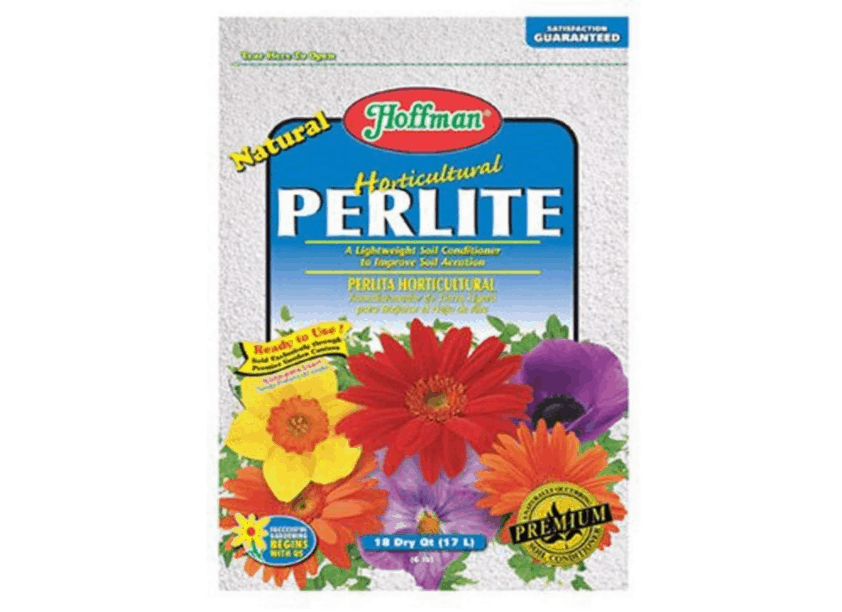
A good pot for peacock begonia is one that holds moisture whilst permitting a good amount of airflow; this is crucial for the plant’s health. Here we have a handy article explaining how to find the right pot for you.
Top tip: create a reminder on your phone or write on a wall calendar to ensure annual repotting.
Your choice of soil will also play an important role in determining how successful your plant grows. Peacock begonias prefer moist soil, but it must also be well-draining to avoid fungal disease. We recommend using two parts sphagnum moss (which promotes drainage) to three parts perlite (which retains sufficient moisture to keep your begonia hydrated).
Begonia Pavonina Water Requirements
Working out the ideal amount of water for your Begonia pavonina is mostly a case of paying attention to the plant. If you overwater your begonia, the soil will not be able to receive vital oxygen. On the other hand, under watering results in a lack of nutrients.
A quick way to check the soil’s moisture is to push your finger one or two inches into it. If the soil is dry, you should water it; wait a couple more days if it still feels moist. Naturally, peacock begonia requires more water during the summer months, when it will need to be watered around three times a week.
Begonia Pavonina Light Requirements
Peacock begonias require real sunlight for their vibrant blue colors to show; however, they cannot stand direct light for more than a few hours; this can burn their beautiful leaves. Therefore, like its natural habitat, this plant prefers indirect sunlight, which can be achieved by placing it in an east or north-facing window.
Best Begonia Pavonina Fertilizer
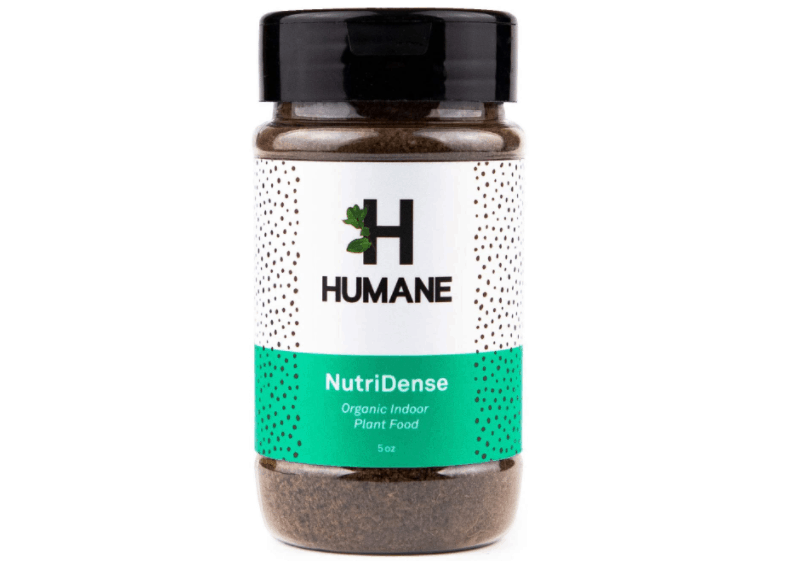
When it comes to fertilizer, the best thing you can offer your peacock begonia is balance: 10% nitrogen, phosphorus, and potassium, as well as a selection of key micronutrients such as calcium, copper, magnesium, and molybdenum. We recommend this organic, nutrient-dense fertilizer.
If you want to make your own natural fertilizer, you can do so by combining bloodmeal, kelp, rock dust, and greensand in the potting mix when you plant your begonia.
Like most plants, peacock begonia flowers during spring and summer, so it’s important to fertilize them at this time of the year. We recommend adding fertilizer once every four glasses of water.
Best Begonia Pavonina Companion Plantings
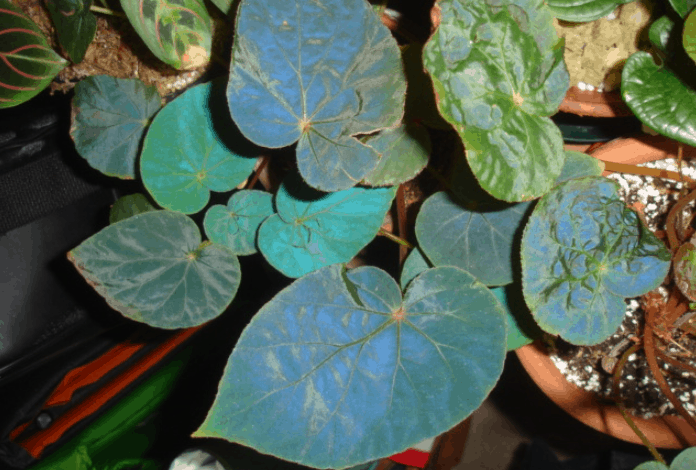
Due to their love of indirect sunlight and their specific watering requirements, peacock begonias will happily survive on their own within your home. Check out our article on the best window sill planters to find out which other plants are suited to an indoor environment.
If you are looking for some striking combinations to brighten up your garden, there are a large number of suitable pairings which share similar growing conditions. For example, ligularia dentata with its bold yellow flowers or colorful rhododendron plants.
Other types of begonia also make excellent companions; one of the most striking is known as angel wing begonia. If you want to try out something different but ultimately low-maintenance, then the njoy pothos plants are designed to be fancy but not fussy.
Begonia Pavonina Diseases and Common Problems
Unfortunately, pests love almost all types of begonia, and the peacock variation is no exception.
- Whiteflies (Aleyrodidae). These insects tend to colonize the underside of leaves and stems, and they are active during the day. Their saliva is toxic to plants.
- Thrips (Thysanoptera). Their toxic saliva ruptures plant cells. The worst part is their size; they’re only a millimeter in length, making them difficult to spot and eradicate.
- Mealybugs (Pseudococcidae). Usually found at the roots of plants, these pests are easy to get rid of if you catch them soon enough.
As well as pests, Begonia pavonina is also subject to a number of common diseases that develop if it is kept in the wrong conditions for too long.
- Powdery mildew. This occurs when your plant is too warm and dry. As the name suggests, the first sign of this disease is powdery white spots on leaves.
- Botrytis Blight. This is caused by a type of fungus called Botrytis cinerea and usually occurs in cold, wet environments. Your plant will have rotten patches on its stem and leaves.
Begonia Pavonina Treatments and Maintenance
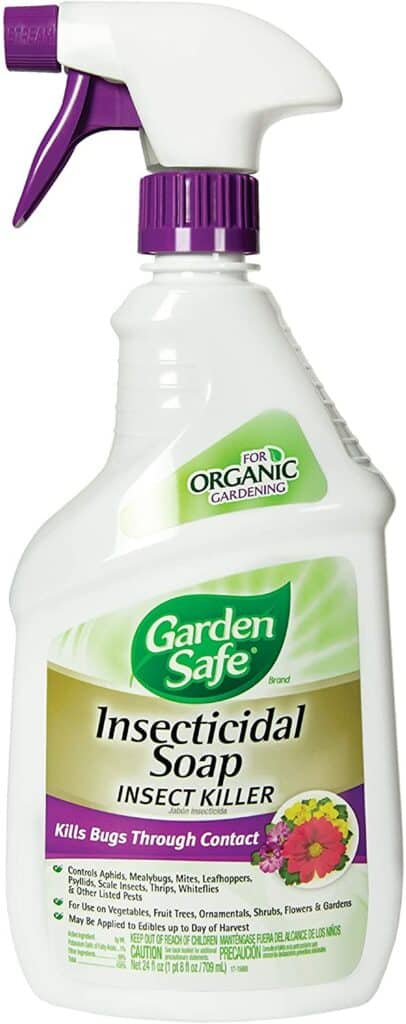
From time to time, all plant owners suffer from problems that threaten their beloved green-leafed friends. Often, the most common issues which arise are treatable if you act quickly.
You can use insecticidal soap sprays to alleviate pests, while fungal infections like powdery mildew can be combated with fungicides. However, it is important to remove all affected material from your plant before proceeding with treatment. The best way to prevent these issues from occurring is to use sterilized plant pots and soil and maintain the ideal moisture level.
Given the correct conditions, your peacock begonia should grow fairly quickly. To keep it in tip-top condition, you will need to carry out some pruning. Trimming any excess matter will promote new growth while removing unhealthy or damaged leaves will prevent disease.
Where to Buy Begonia Pavonina Seeds Online
Because peacock begonias are quite rare, it can be difficult to find a place to purchase their seeds. We recommend searching on Amazon.
FAQs
Question: Should I mist the leaves of my Begonia pavonina to create humidity?
Answer: This isn’t a good idea; it could cause your begonia to develop powdery mildew. If you want to control the humidity levels of the room where your plant is kept, try a humidifier.
Question: Is Begonia pavonina toxic?
Answer: Begonia plants are safe for humans, but their foliage is toxic for animals, so it’s best to keep them out of the way of pets.
Question: Should I prune my Begonia pavonina?
Answer: Peacock begonia benefits from frequent maintenance, particularly if it is being kept outside. Like most perennial plants, they are particularly active growers; if you do not thin them out now and again, they will lose vitality, and their growth rate will also slow.
Where to Buy Mature Begonia Pavonina Online
One of the best places to search for plants online is Amazon. Alternatively, you can find them at Steve’s Leaves.

